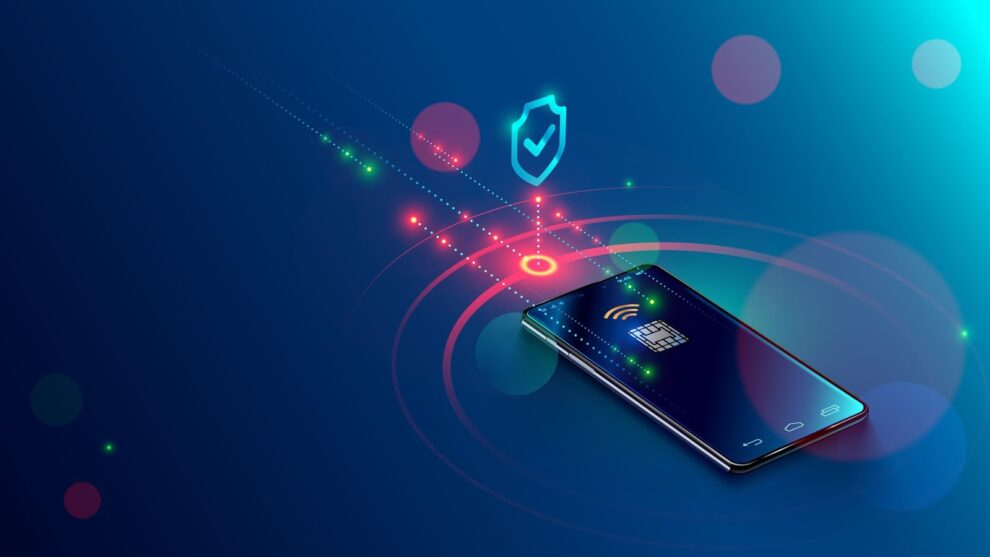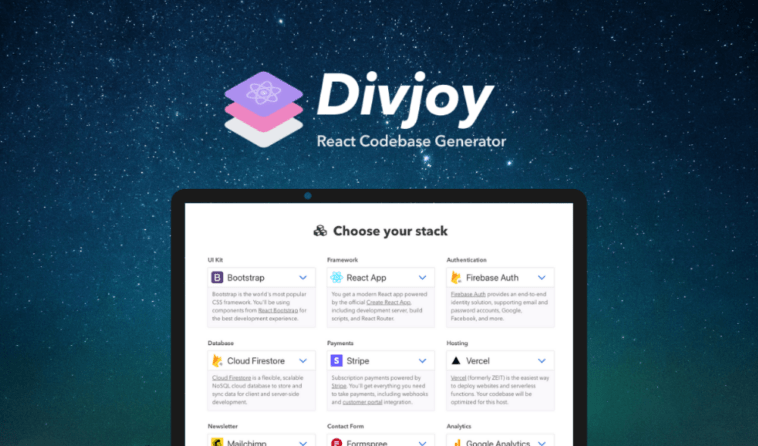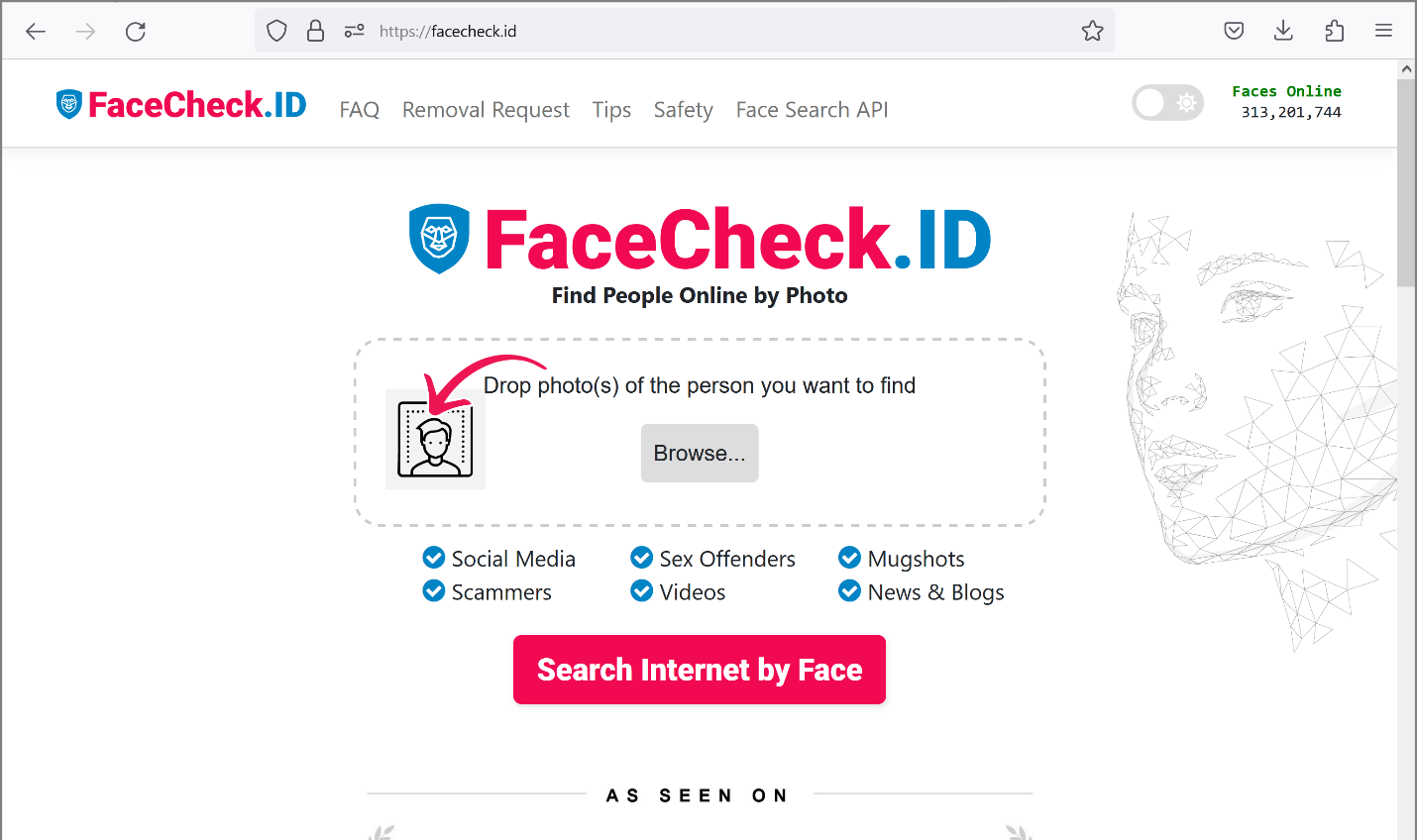Near-field communication or NFC is an innovation that enables authorized devices, that are close to each other, to wirelessly share information. Today, NFC has become a vital technology used in mobile-based transactions. This blog will cover NFC verification, how it works, and the benefits it has to offer to the corporate sector. NFC enables technologies in proximity to instantly transfer and receive information. Near-field communication has become a prevalent term in the payment industry in the last couple of years with a rise in contactless transactions through mobile wallets. Near-field communication transactions have become popular because they provide a swift and easy way for users to pay, saving them time at checkout.
What is NFC Identity Verification?
NFC authentication includes the verification of a chip-based identity document that contains the user’s personally identifiable information. Deceiving this technology is not possible for criminals, so it can be of great use for IDV.
How does it work? Well, during document authentication, the NFC reader can extract essential information from the chip-based identity document and perform document authenticity to look for possible tampering or forgery. For instance, it will be detected during identity document verification through near-field communication.
How NFC Authentication Can Assist Companies
NFC identity verification can assist companies in many aspects. Listed below are few benefits of employing NFC ID verification in the corporate landscape.
Enhanced Fraud Prevention
Criminals are consistently coming up with new techniques to achieve their illicit goals. To fight them, the user onboarding procedure must involve a robust IDV mechanism. Near-field communication can streamline the IDV process. Bad actors use synthetic ID documents to deceive the verification procedure. Since the chip on the identity document cannot be forged, criminals are unable to deceive NFC checks.
NFC IDV – The Gateway to Improved User Acquisition
Acquiring new prospects is as hard as engaging with existing customers. A tiresome onboarding procedure can lead to a higher drop-off rate. Near-field communication IDV is frictionless since users do not have to spend hours standing in a line to open an account or make a payment.
How does Near-Field Communication Operate?
The idea of Near-field Communication comes from RFID technology. Radio-frequency identification can be employed efficiently at large distances. NFC technology is more fine-tuned, operating in a radius of about 4 inches or fewer. You probably might have seen someone using their smartphone to pay during checkout, and you might have observed they have to tap their device near the transaction counter when paying through a mobile wallet.
Transfer of data through NFC technology acquires two NFC-approved devices: a transmitting device and a receiving device. Near-field communication technology operates in one of two methods: one-way communication or two-way communication.
- One-way communication: It requires active near-field communication and a passive NFC tool. An instance of one-way interaction is the communication between an NFC-approved device being employed for a transaction and a card reader.
- Two-way communication: Two-way interaction acquires two active near-field communication devices. One example of this is the interaction that happens between two NFC-supported smartphones during a file transfer.
The Future of Near-Field Communication
As of 2019, about 25.4 percent of smartphone users in the USA were actively using NFC or touchless mobile payment services. Therefore, as stated by the Statista, 2023, NFC or other touchless technologies are predicted to make over 220 billion U.S. dollars in transaction costs.
Mobile wallets persist to increase in popularity. Additionally, with Apple Pay, Google Pay, and Samsung Pay, many merchants are developing their own mobile payment techniques using NFC technology. For instance, Starbucks, now enables users to use their mobile application to pay at the checkout by tapping their phone across the transaction terminal.
Let’s dive deeper to find out more about where it can be adopted.
Banking Sector
In the upcoming years, the banking sector is estimated to see the highest CAGR, reaching an amount of USD 28529.29 billion by 2025. NFC technology is viewed as a revolutionizing technique for increasing banking methods across the world. NFC0based identity document verification can assist the banking sector in onboarding genuine users only. This is why monetary institutions have a probability to perform more robust checks on customers and efficiently follow the strict Know Your Customer and Anti-Money Laundering laws.
Healthcare Institutions
Illegitimate authorization to private medical data and over-the-counter medicines can be a hazard to the health of a patient along with the hospital reputation. Especially due to the rise of the COVID-19 pandemic, medical data breaches have been at an all-time high. Hence, near-field communication verification can allow healthcare, medical stores, and clinics to weed out fraudsters so that illegitimate authorization to personal information can be reduced.
Tourism Industry
Using complicated strategies, fraudsters are usually successful at giving false or tampered identity documents to get restaurant discounts and airline tickets at reduced expenses. Similar fake documents can also be adopted to deceive security checks at air terminals. With near-field communication identity document verification, such methods will not go unidentified as it includes the authentication of chip-based identity documents that are entirely impossible to deceive.
Conclusion
With near-field communication and contactless mobile payments persist to rise as it has a profound effect on the modern-day world. It is being used in most sectors around the world. It is therefore likely the trend will resume, resulting in a more safe and interconnected society.








Add Comment